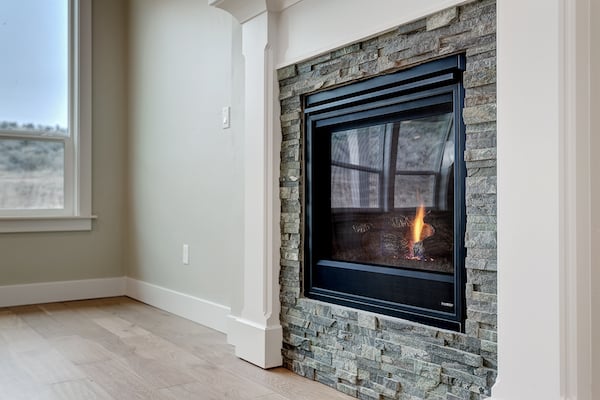
Since the beginning of human history, home and comfort has meant the warmth of a roaring fire. Here in the 21st Century, heatilator fireplaces are a great way for practical-minded consumers to bring that warmth into their homes. Heatilator is a brand name (and the household name) for what can be more generically called a heat-circulating fireplace. Heatilator fireplaces work by circulating air around a firebox and back into the room, so that the warmth of the fire will be dispersed throughout the home. Heatilator fireplaces come in three main types:
- Wood-burning stove/heatilator fireplaces: The original, and some would argue, still unmatched fireplace for ambience. If you love the look, feel, and smell of a wood fire, but want the added value of heat recirculation, then this is the option for you. For added cleanliness and convenience, so-called ?clean burning? models burn wood efficiently in order to lessen the creosote buildup on chimneys, and reduce environmental pollution. This is even truer of EPA Certified models.
- Gas heatilator fireplaces: Available in a wide variety of styles, from traditional to modern, these offer the charm of a real fire but with the convenience of propane or natural gas. With the flick of a switch, you can have a warm fire burning in the hearth without chopping or hauling wood and without kindling or building of the fire. And with the circulation of a heatilator unit, more of the heat from the gas fire reaches you and your loved ones.
- Electric fireplaces: The easiest of all options, an electric fireplace requires no re-routing of gas lines, no ventilation and very little installation work overall. Most modern electric fireplaces give off heat from an electric coil, and simulate fire with electric lights or fiber optics.
- Fireplace Inserts: Owners of older homes often choose heatilator fireplace inserts in order to get more economical and environmental efficiency out of an existing fireplace which may not even work anymore. These also come in wood, gas, and electric options.
Ready to start your heatilator fireplace?
Find ProsThings to Look for in Heatilator Fireplaces
To be sure you’re getting the best value, look for the following before you buy:
- Be sure you’re getting a quality unit. It should be tested to UL safety standards.
- Components should match and be compatible.
- A far-reaching warranty. Lifetime is best, but 20 years should be the minimum.
- Heavy-duty construction.
- A range of attractive accessories and options.
- Knowledgeable, qualified installation professionals. (This is particularly important in gas and wood models.)Whichever choice you make, a heatilator fireplace is a sound investment in comfort and practicality for your home.
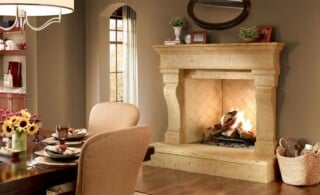 Turn Your Fireplace into a Work of Art with a Fireplace Surround
Turn Your Fireplace into a Work of Art with a Fireplace Surround 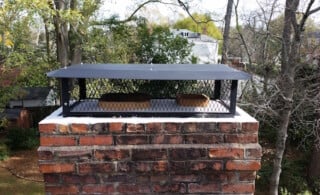 Preventive Maintenance: Chimneys
Preventive Maintenance: Chimneys 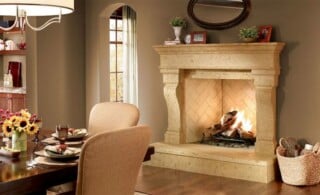 Chimney Bombs
Chimney Bombs 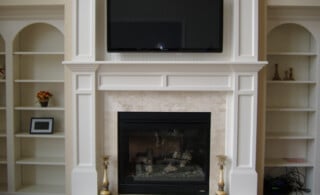 Stoking the Fire: Fireplace Remodels
Stoking the Fire: Fireplace Remodels 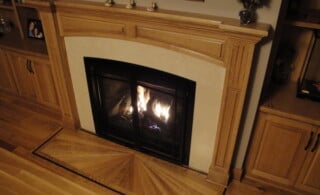 Choose the Best Fireplace for Your Home
Choose the Best Fireplace for Your Home 

Are You Familiar With This Topic? Share Your Experience.